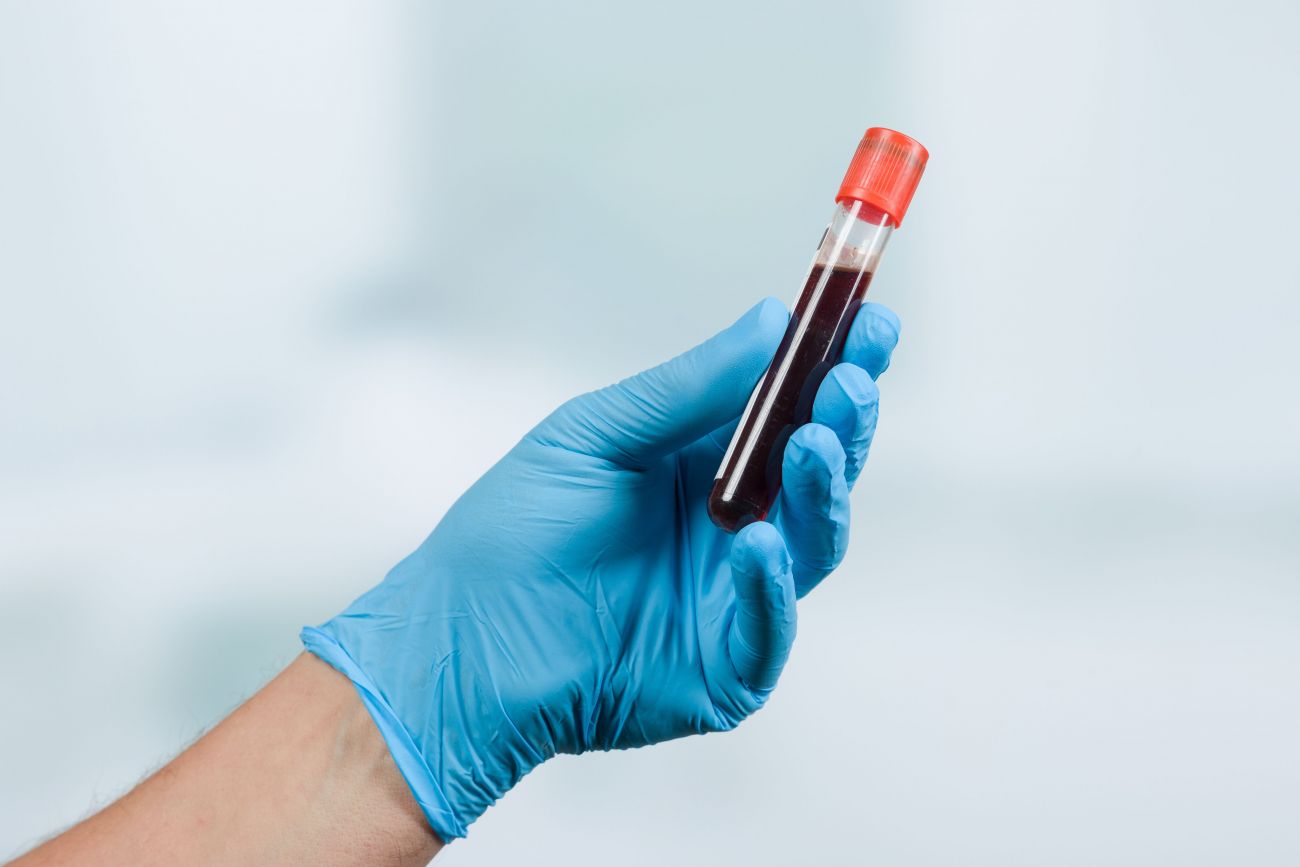As we grow older, our risk of developing serious health issues, including cancer, also grows. For men, the risk of getting prostate cancer increases with age. Prostate cancer is rare in men under 40, and about 60% of cases are diagnosed in men aged 65 or older. But in the United States, nearly one of every nine men will be diagnosed with the disease. That’s why doctors recommend screening for prostate cancer beginning at age 45, with a yearly digital rectal exam and PSA blood test.
But what is exactly is a PSA test and what does it measure? When should you consider starting your screening for prostate cancer? We’ve compiled answers to these and other frequently asked questions about PSA tests here.
What is a PSA test?
Prostate-specific antigen (PSA) is a protein produced by the prostate gland that is present in small quantities in all men's blood. It often is elevated in the presence of prostate cancer, making a man's PSA levels a useful tool for early prostate cancer detection.
The PSA blood test was developed at Roswell Park Comprehensive Cancer Center in the 1970s and is now in use worldwide. Since the test was first introduced, the cure rate for prostate cancer has increased from about 4% to 80%. Here are some answers to the frequently asked questions we receive from men preparing for their first PSA exam.
How is the PSA test done?
A PSA test is performed the same way as other routine blood tests. A small vial of blood is drawn from the arm and brought to a laboratory where PSA levels are measured as the number of nanograms (ng) in each milliliter (mL) of blood tested.
What is a normal PSA value?
A PSA level between 2.5 and 4 ng/mL is considered a normal PSA level for most men, but this depends on many factors, such as the patient’s age, prostate size and a variety of patient activities (for example, bike riding). A PSA level greater than 4 ng/mL may be normal for some men. A physician must interpret whether the PSA level is normal for each individual.
What does a PSA test do?
As mentioned above, a PSA test measures the amount of prostate-specific antigen (PSA) found in a man's blood. Many factors including prostate cancer can cause someone's PSA levels to rise. A PSA test is designed as an early detection and monitoring screening tool for prostate cancer.
Don't wait to schedule your screening
The earlier cancer is detected, the greater the chance that it can be treated successfully.
Do you have to fast for a PSA test?
No, fasting is not required before a PSA test.
When should a man start PSA testing?
Current guidelines include recommendations to start PSA screening at age 40 if you are African-American, or if you have a father or brother who had prostate cancer — especially if they were younger than 60 at the time of diagnosis — or if you have undergone genetic screening that showed you have a genetic mutation (such as BRCA1, BRCA2, ATM, HOXB13, MLH1, MSH2 or MSH6).
If you do not fall into any of the groups above, you may consider beginning early detection with a baseline PSA test and digital rectal exam at age 45. The results of these tests will be used to compare with future tests. If your first PSA test shows a level of 1.0 ng/mL or higher, you should undergo follow-up testing every one to two years. If your first PSA test shows a level less than 1.0 ng/mL, you should have follow-up testing every two to four years.
A PSA test is generally not recommended for men aged 70 and older unless they are very healthy and have a life expectancy of 10 years or more.
You should discuss the pros and cons of having a PSA test with your doctor. If you do receive a PSA test, your doctor will need to put the results in perspective with your age, how long you can be expected to live, your family medical history, your race and the results of any previous PSA tests.



